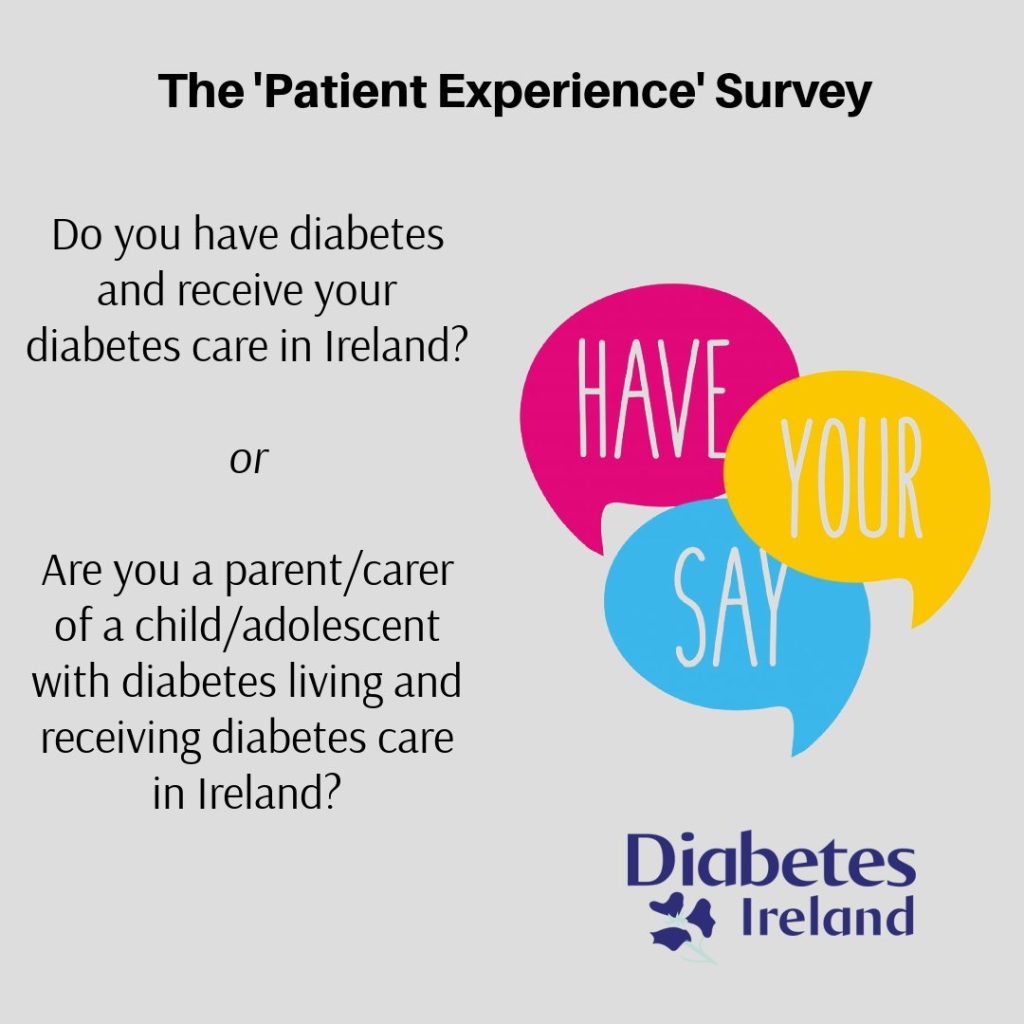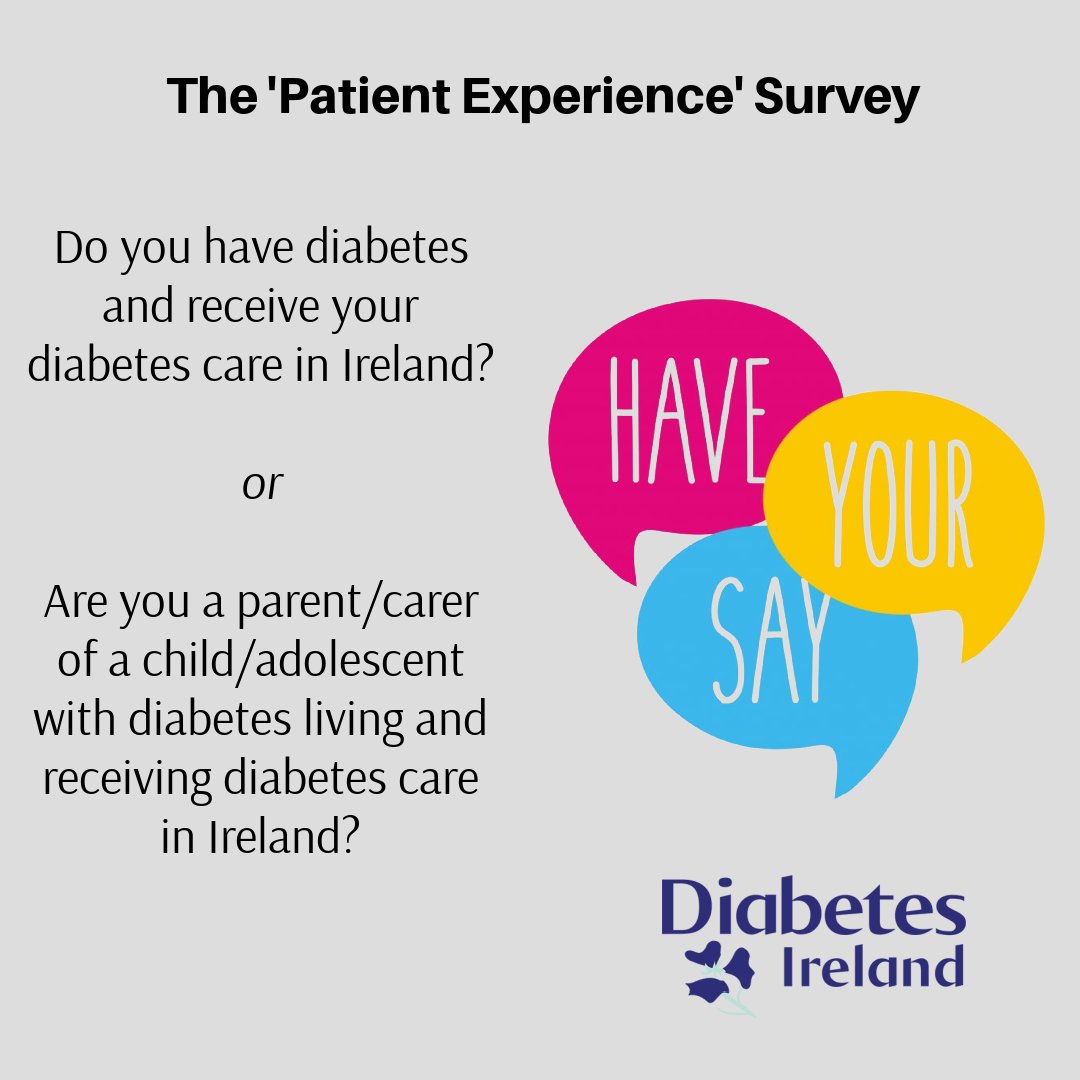You’re Not Just a Number — Your Voice Matters
Living with diabetes isn’t just about blood sugar levels and insulin doses — it’s about how you’re treated, heard, and supported by your healthcare team. That’s where the Diabetes Patient Experience Survey comes in. Whether you’re newly diagnosed or have managed this condition for decades, your feedback can drive real change in how care is delivered. This guide walks you through why these surveys matter, what they ask, and how your honest answers can improve care — for you and millions like you.
Why Do Healthcare Providers Use the Diabetes Patient Experience Survey?
Health systems, clinics, and insurers rely on patient feedback to measure what charts and lab results can’t: how care feels. The Diabetes Patient Experience Survey helps them understand:
- Whether patients feel respected and listened to
- If care instructions are clear and actionable
- How accessible and timely appointments are
- Whether emotional and mental health support is offered
According to the CDC, over 37 million Americans live with diabetes — and nearly 1 in 5 don’t take their medication as prescribed, often due to cost, confusion, or poor provider communication. Surveys like this uncover those hidden gaps.
“Patient experience is not a luxury — it’s a clinical outcome.”
— Dr. Thomas H. Lee, Chief Medical Officer at Press Ganey
What Questions Are Typically Asked in a Diabetes Patient Experience Survey?
While surveys vary by provider or insurer, most include questions like:
✅ Communication
“Did your doctor explain things in a way you could understand?”
✅ Care Coordination
“Did your care team work together to manage your diabetes?”
✅ Access & Convenience
“How easy was it to get an appointment when you needed one?”
✅ Emotional Support
“Did anyone on your team ask how diabetes affects your daily life or mood?”
✅ Medication & Education
“Were you given clear instructions on how and when to take your meds?”
Many surveys use a 5-point scale (Never → Always) or Yes/No formats. Some may include open-ended boxes for personal stories — don’t skip these. Your narrative can highlight issues statistics miss.
Real Impact: How Survey Results Change Diabetes Care
Here’s the good news — your feedback doesn’t vanish into a black hole. It’s used to:
🔹 Train providers on communication gaps
🔹 Redesign clinic workflows to reduce wait times
🔹 Launch patient education programs based on common confusion points
🔹 Allocate mental health resources where they’re most needed
Case Study: Kaiser Permanente
After analyzing patient survey data, Kaiser introduced “Diabetes Empowerment Coaches” — non-clinical staff who help patients navigate emotional and logistical hurdles. Within 18 months, patient satisfaction scores rose 22%, and medication adherence improved by 17%.

Pros and Cons of Participating in a Diabetes Patient Experience Survey
| Your feedback directly improves care quality | Surveys can feel repetitive or too long |
| Helps identify systemic issues (e.g., long wait times) | Anonymity concerns may deter honest responses |
| Often leads to personalized follow-up from your care team | Results may take months to translate into action |
| Empowers you as an active partner in your health | Some questions may feel irrelevant to your situation |
Tip: Even if a question seems off-topic, answer it — patterns across thousands of responses reveal hidden trends.
Step-by-Step: How to Complete Your Diabetes Patient Experience Survey (and Make It Count)
Don’t just rush through it. Make your voice heard with intention.
Step 1: Find the Survey
Check your email, patient portal, or mail. Most are sent 1–4 weeks after a visit. Look for subject lines like:
“How did we do? Share your diabetes care experience”
Step 2: Set Aside 7–10 Minutes
Grab a quiet moment. Have your recent visit details handy (date, provider name, reason for visit).
Step 3: Be Honest — Not Polite
If your nurse rushed you or your doctor didn’t explain side effects, say so. Sugarcoating helps no one.
Step 4: Use the Comment Box
Example:
“I didn’t understand how to adjust my insulin when traveling. A 1-page handout or video link would help.”
Step 5: Submit and Follow Up
Note the survey ID. If you don’t hear back in 60 days, call your clinic’s patient experience department and reference it.
How Is This Different From Other Patient Surveys?
You might’ve taken general “patient satisfaction” surveys before. The Diabetes Patient Experience Survey is different because:
- It’s condition-specific — questions target diabetes-related challenges (like carb counting, foot exams, insulin access)
- It often follows chronic care models — not just one visit, but your long-term journey
- It’s tied to value-based care reimbursements — meaning clinics get paid more when patients report better experiences
For deeper context on how chronic disease management works in the U.S. healthcare system, see the Wikipedia page on Chronic Care Model .
What Happens to My Data? Is It Anonymous?
Most surveys are anonymous or de-identified. Your name and medical record number are detached from responses before analysis. Data is aggregated — so no one sees “John Smith said his doctor was rude.” Instead, they see: “32% of patients felt rushed during consultations.”
Providers must comply with HIPAA and often follow NCQA (National Committee for Quality Assurance) standards for survey administration.
Pro Tip: If anonymity is a concern, avoid writing identifiable details in comment boxes (“Dr. Lee in Room 3 always interrupts me” → “My endocrinologist often interrupts”).
Can My Survey Results Affect My Care?
Short answer: No — and yes.
Your individual responses won’t change how your doctor treats you tomorrow. Retaliation for negative feedback is illegal and violates medical ethics.
But collectively, survey data shapes:
- Staff training priorities
- Clinic hours and staffing
- Which educational materials get updated
- Whether mental health screenings become routine
In short: your survey won’t hurt you — but skipping it might mean missed opportunities to fix what’s broken.
FAQ: Diabetes Patient Experience Survey
Q1: Who sends these surveys — my doctor or my insurance?
A: It could be either. Hospitals and large clinics often send them directly. Insurers (like UnitedHealthcare or Blue Cross) may send them to measure network performance. Look at the sender’s email or letterhead to know who’s asking.
Q2: How long do I have to complete the survey?
A: Usually 30 days — but don’t wait. Response rates drop sharply after 2 weeks, and low participation means your clinic gets an incomplete picture.
Q3: Will I get rewarded for completing it?
A: Sometimes. Some systems enter respondents into gift card drawings ($25–$100). Others offer no incentive — but your reward is better care down the line.
Q4: What if I have more than one diabetes provider?
A: You may receive multiple surveys. Answer each one separately. Your endo, PCP, and diabetes educator all play different roles — and need different feedback.
Q5: Can I take the survey on my phone?
A: Absolutely. Most are mobile-optimized. If the form doesn’t load, try switching browsers (Chrome or Safari work best) or check your internet connection.
Q6: What if I want to give feedback outside the survey window?
A: Call your clinic’s “Patient Experience” or “Quality Improvement” department. Many keep feedback channels open year-round. Say: “I missed the survey, but I’d like to share my diabetes care experience.”
Your Voice Is a Catalyst — Use It
The Diabetes Patient Experience Survey isn’t paperwork — it’s power. Power to demand clearer explanations, shorter waits, and more compassionate care. Power to help redesign a system that too often treats diabetes as a checklist, not a life.
You didn’t choose this condition — but you can choose to shape how it’s managed. Take 10 minutes. Be brutally honest. Add that comment. Hit submit.
Then, share this guide with someone in your support group, on Facebook, or in your next Zoom meetup. Because when patients speak up together, systems listen.
👉 Found this helpful? Share it with your diabetes community. Tag #DiabetesSurvey on Twitter or post in your Facebook group. Let’s turn feedback into action — together.

Leave a Reply